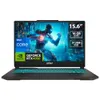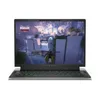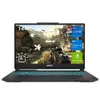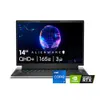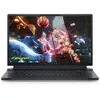I just spent $7 on this essential Steam app that can triple frame rates in PC games
‘Lossless scaling’ is an amazing piece of frame gen software
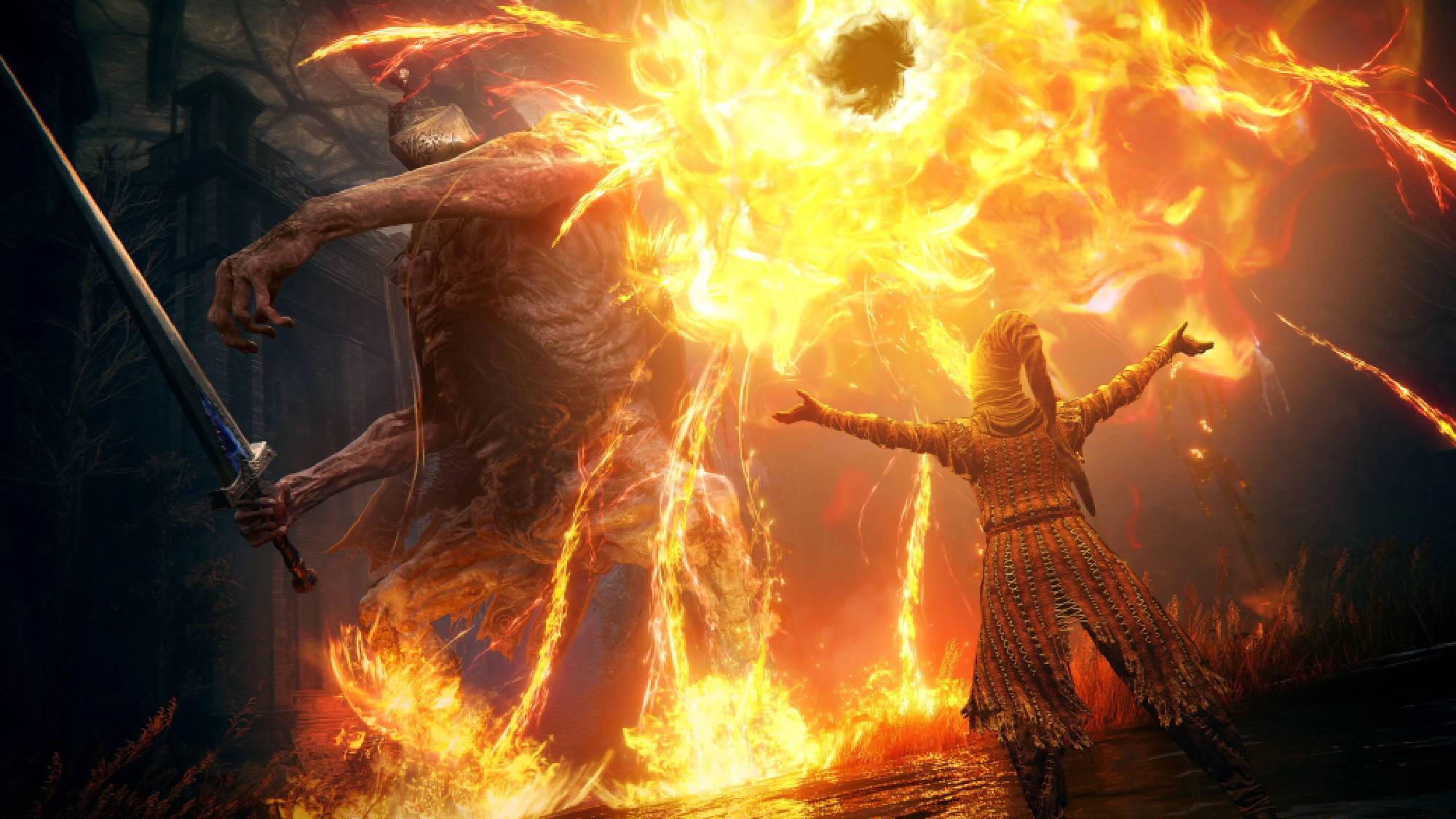
I’ve just spent the best $6.99 / £5.89 on the Steam Store after two decades of using Valve’s digital platform. Previously, I would have told you Wallpaper Engine, which cost me the princely sum of $3.99 / £3.49 a few years back was one of the wisest teeny investments I’ve ever given Gabe Newell, but that’s recently changed after I was pointed to a brilliant frame generation app.
First up, if you’re not familiar with frame gen, it was first rolled out by Nvidia when the GPU manufacturer released DLSS 3.0 super sampling. Using AI, it creates entirely new frames then places it between those a game has already rendered (provided a title supports either Team Green’s fps-boosting feature or the likes of AMD FSR 3.1 frame generation). The net result? Significantly boosted frame rates for comparatively little loss in image quality compared to rendering a title at your PC or laptop’s native screen resolution.
Digital Foundry’s resident PC Jedi Master Alex Battaglia published a fascinating video on developer THS’ “Lossless Scaling” app earlier in the month, yet it was only this past weekend I got time to check out his fascinating analysis. 16 minutes and 20 seconds later, I immediately logged into Steam and bought Lossless Scaling for less than an average beer in either the U.S. or my abnormally humid United Kingdom. If you’ve got a spare few minutes after you clock off work and love the best Steam games even half as much as me, it’s well worth checking out.
While Lossless provides a variety of scaling options — including Bicubic CAS, Nvidia Image Scaling and AMD FidelityFX Super Resolution — the method I’d recommend the most is THS’ own LS1/LSFG part scaler/part frame gen tech.
Though the image quality when you implement Lossless Scaling’s frame gen is a little less crisp than what you see from Nvidia’s frame generation solution (which requires an expensive RTX-40 series card), I honestly struggle to tell the difference when playing both Ghost of Tsushami and Elden Ring: Shadow of the Erdtree on my Asus ROG Zephyrus G14 (2024). And trust me, my eyes are so sensitive to mild visual glitches in motion, I make The Terminator look like he should probably invest in a pair of super-strong bifocals.
What’s particularly cool about Lossless Scaling to folks like me who drift off at night having night terrors over fluctuating frames, is that it can create two AI-generated interpolated frames, whereas both Nivida and AMD’s solutions can only introduce one into gameplay. That means you get big ol’ boosts to games if you select the app’s “LSFG 2.2.” frame generation option, then select the “X2” option in the “Mode” tab.
Circling back to FromSoftware’s brutal masterpiece, while I still class Elden Ring as one of the best open-world games I’ve ever played, the PC version has been plagued by slight technical issues since it launched in early 2022. Due to the game’s co-op and multiplayer modes, the legendary Japanese developer placed a 60 fps cap on the game, and while the community has cooked up patches to unlock the frame rate, the challenging sandbox’s anti-cheat system blocks online play should it detect them.
You've got scale
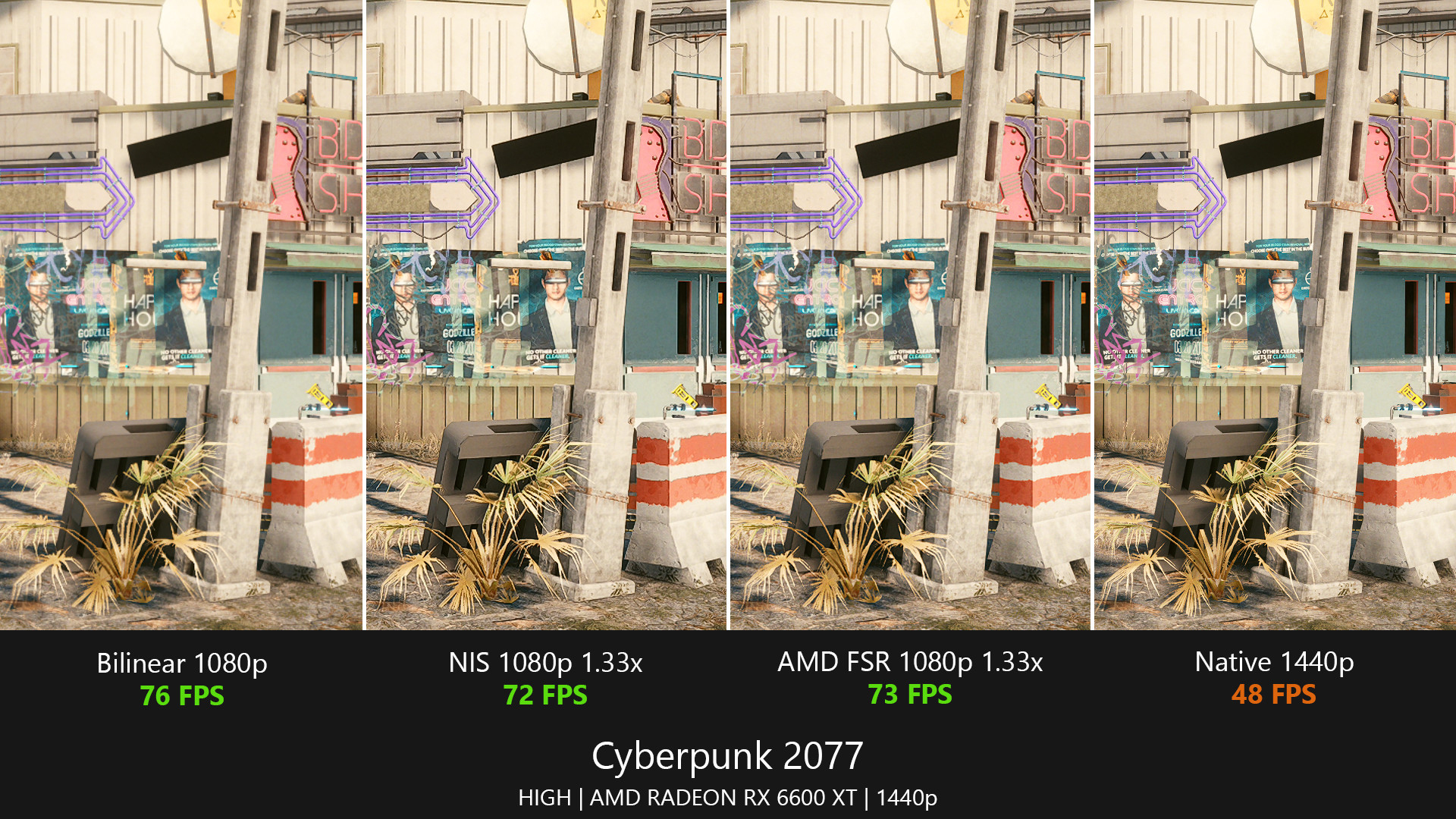
From my brief experience with Lossless Scaling, though, that’s not the case. As long as you boot the app first, click the “Scale” button after you’ve launched Elden Ring, then switch to its window within an alarmingly short 5 seconds, the game will run comfortably over 60 fps and still allow you to play online, which is pretty crucial for those legendarily punishing bosses who can prove a massive struggle to put away if you can’t summon fellow online Tarnished players to help you out.
Unlike DLSS, you don't have to obliterate your bank balance picking up an RTX 4090 to get the benefits of Lossless Scaling. As is the case with AMD FSR, this is an entirely software-driven solution that you can enjoy across a variety of gaming PCs or laptops, regardless of whether your system houses Nvidia, AMD or Intel componments.
If you're playing on a mid-range gaming PC or budget gaming laptop, Lossless Scaling can do wonders for gaming performance — especially for older titles that pre-date Nvidia's frame gen techniques by years. Despite owning a powerful PC and what we currently rate as the best gaming laptop here at Tom's Guide, which means I'm hardly struggling for performance, I still wish I'd discovered Lossless Scaling way before now.
With its clever scaling techniques, PC gamers can triple their frame rates in many titles for around the price of Roland McDonald's favorite burger.
More from Tom's Guide
- Steam Deck has made me fall back in love with my gaming PC — here's why
- Steam just got a game-changing new upgrade — I’m already obsessed
- 9 games you need to play on Steam Deck OLED
Sign up to get the BEST of Tom's Guide direct to your inbox.
Get instant access to breaking news, the hottest reviews, great deals and helpful tips.

Dave is a computing editor at Tom’s Guide and covers everything from cutting edge laptops to ultrawide monitors. When he’s not worrying about dead pixels, Dave enjoys regularly rebuilding his PC for absolutely no reason at all. In a previous life, he worked as a video game journalist for 15 years, with bylines across GamesRadar+, PC Gamer and TechRadar. Despite owning a graphics card that costs roughly the same as your average used car, he still enjoys gaming on the go and is regularly glued to his Switch. Away from tech, most of Dave’s time is taken up by walking his husky, buying new TVs at an embarrassing rate and obsessing over his beloved Arsenal.
-
TehJumpingJawa What a misleading product name.Reply
You lose image quality.
You lose frame pacing.
You lose latency.
What part of this tech is lossless???
As for "super cheap", FSR is *free*, AMD frame gen is*free*.
It's pretty hard to get cheaper than free! -
suck3rs Reply
It definitely does Upscaling on any game even if the developers did not include it. As for frame generation, you should at least check it out. I use it on Helldivers to get 75 frames on 3440x1440 on a Vega 56. I initially got the app to run games that won't run full screen because they didn't have the aspect ratio for my monitor. Now, Fram generation is amazing with it. I actually bought it again for my 15 year old son to play games on an old laptop he has. Yes, comparison shows native Upscaling in games look better than using Lossless Scaling. Although, LL will run a little faster. Then you throw generation to double your frames, forget about it.TehJumpingJawa said:What a misleading product name.
You lose image quality.
You lose frame pacing.
You lose latency.
What part of this tech is lossless???
As for "super cheap", FSR is *free*, AMD frame gen is*free*.
It's pretty hard to get cheaper than free!
The trick for frame generation is to get the game locked at half the refresh rate of your monitor and set the settings the best they can be without dropping frames. Then enable frame generation and enjoy.
Mod Edit - Be polite or be gone -
suck3rs Reply
Welcome to the fold. I have been using it for years. Now if only steam would show me playing the actual game lol.admin said:‘Lossless scaling’ is an upscaler and a form of frame generation that is both incredible and super-cheap on Steam.
I just spent $7 on this essential Steam app that can triple frame rates in PC games : Read more -
OmegaSyrus Lossless Scaling does so much more than you would believe.Reply
The input latency hit isn't as bad as you would expect as it isn't holding frames in the game engine. Lossless requires the game to be played in a Borderless Window and the game runs, unmodified in the background. Your inputs are tied to that instance. Where you will get some latency is display latency as what you see is actually a reprojected window being displayed on top of the actual game.
The best thing about Lossless Scaling's frame generation is it's frame pacing. Once you lock to 1/3 or 1/2 your monitor refresh rate, making sure you can consistently hit that fps, then it makes everything smooth and you don't see near as many frame drops (if ever). The frame gen isn't perfect, but it is nearly so 95% of the time. It seems to encounter issues when displaying a panning grid (like a bookshelf or hatch pattern). It's certainly more benefit than hindrance though.
It also can be used on a high refresh rate monitor. I run 60 fps at 3x FG at 180hz and it is absolutely awesome.
Irony is I have a friend with a 4090 who gets inconsistent frames in GTA V; an engine limitation. He gets better frame pacing with Lossless Scaling than native high fps bouncing everywhere.
It also works regardless of whether its DX11/12 or Vulcan; if feels almost necessary for games like X4 Foundations where you can cripple any modern CPU when you set an increased simulation speed. As long as the game can run in a borderless window, it'll work.
... It also works on video, including YouTube. It does struggle with low res videos and when the YT overlay is on though.
One piece of advice though... Your GPU needs a little headroom for Lossless to do frame generation. If you are already 100% GPU and maxed out VRAM, it's not going to do as much good and base frame rate will take a hit. It's better to back off to stable fps then multiply up.


